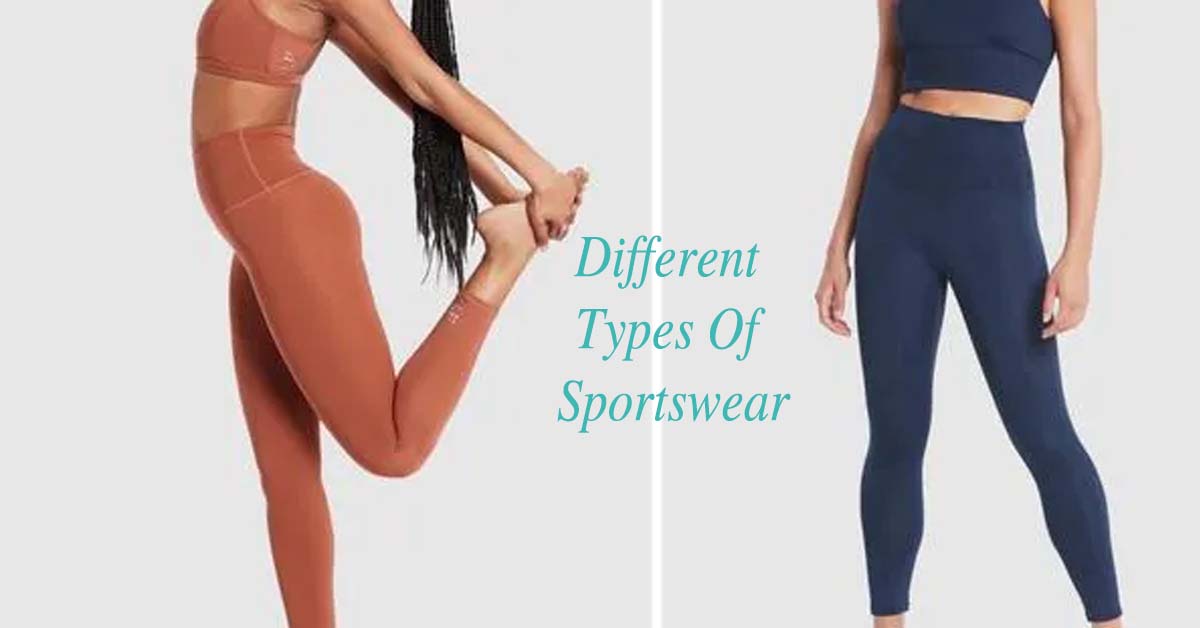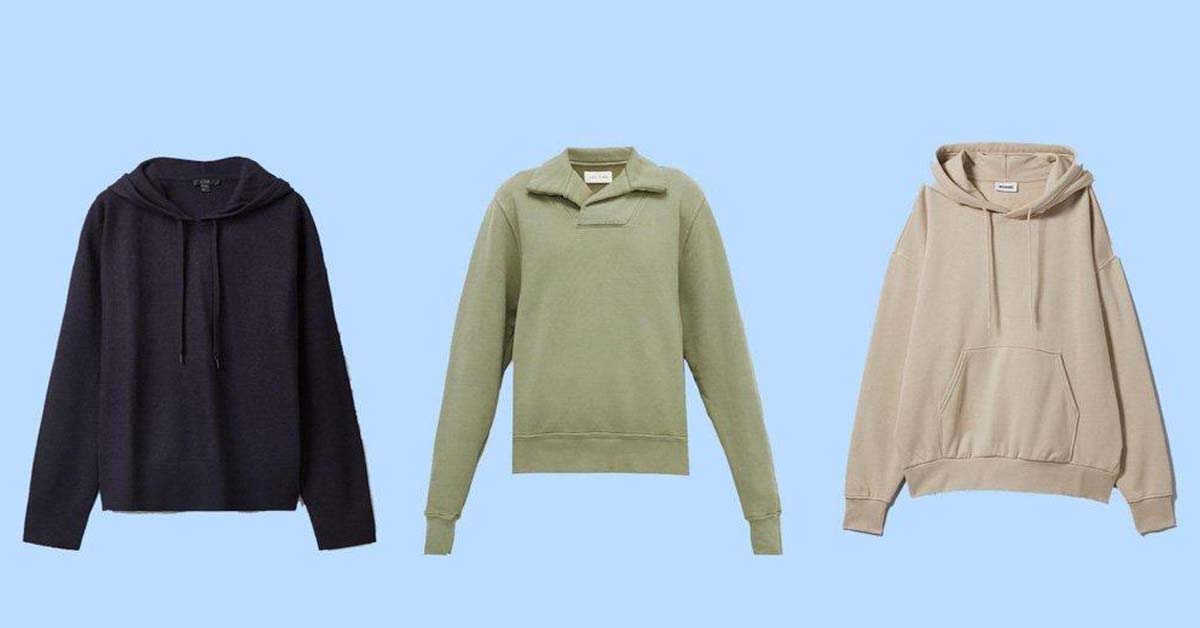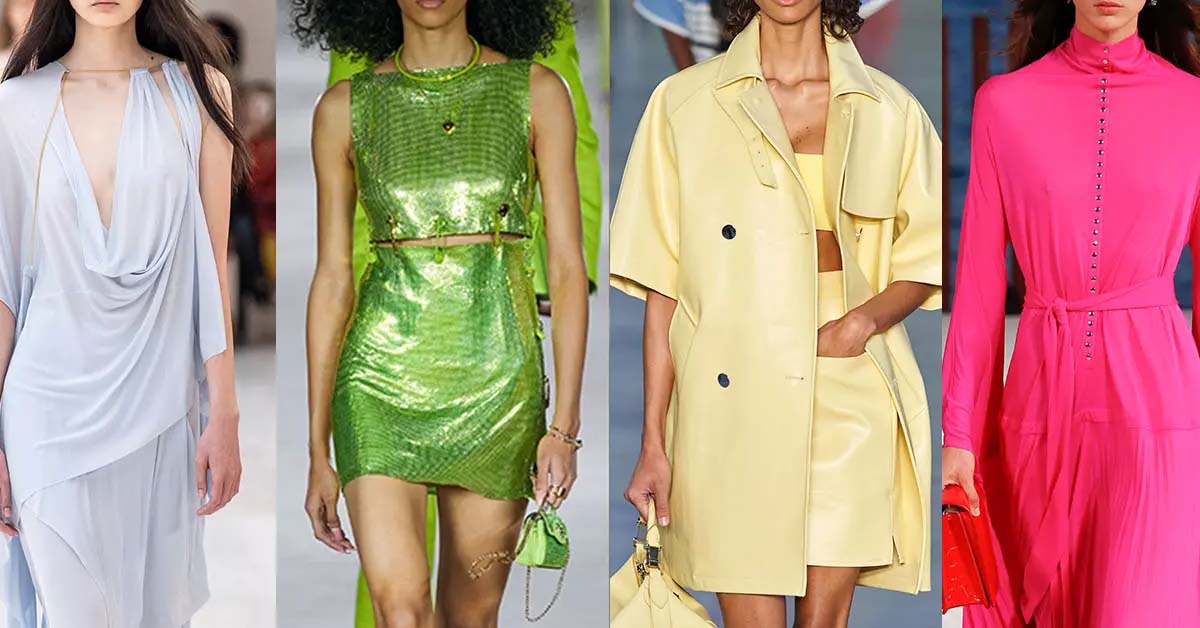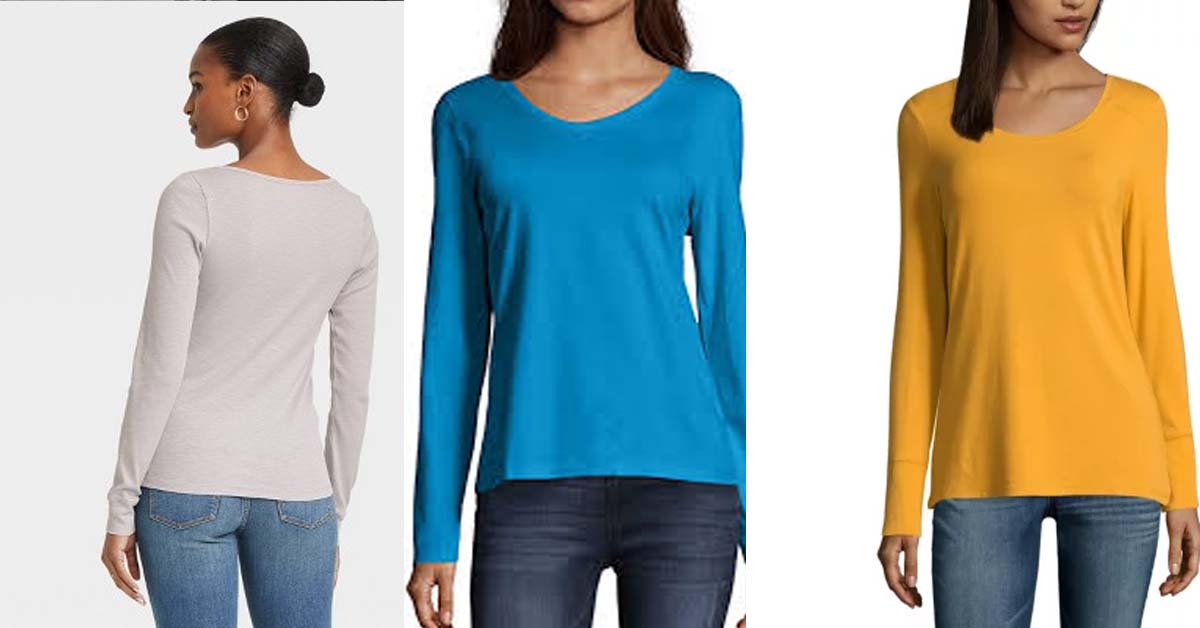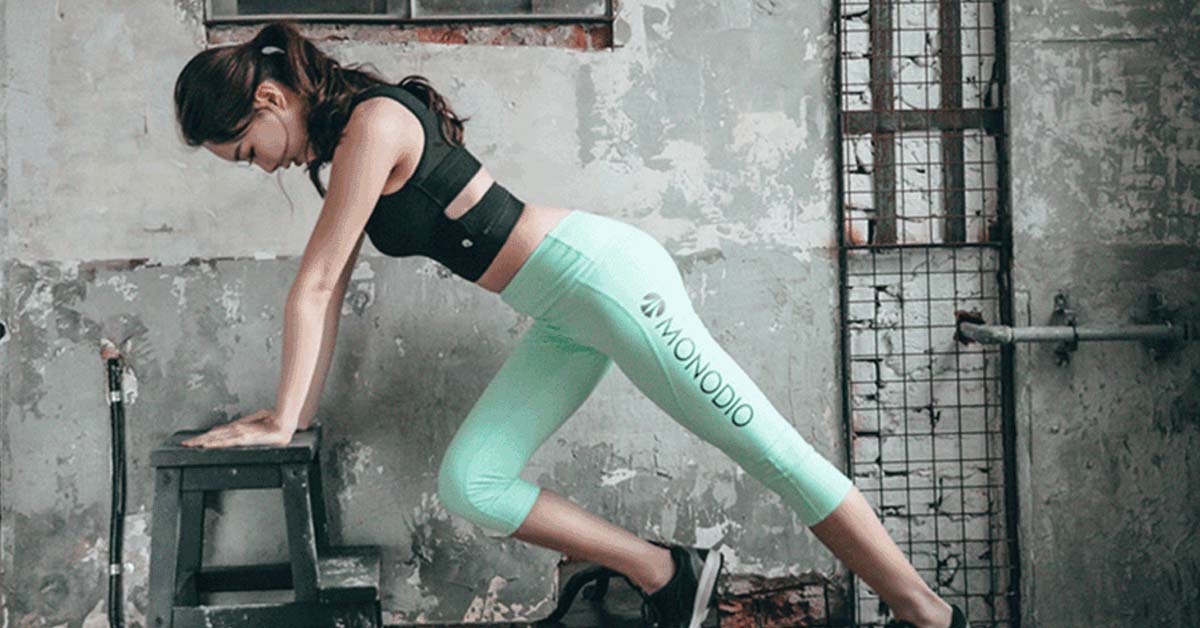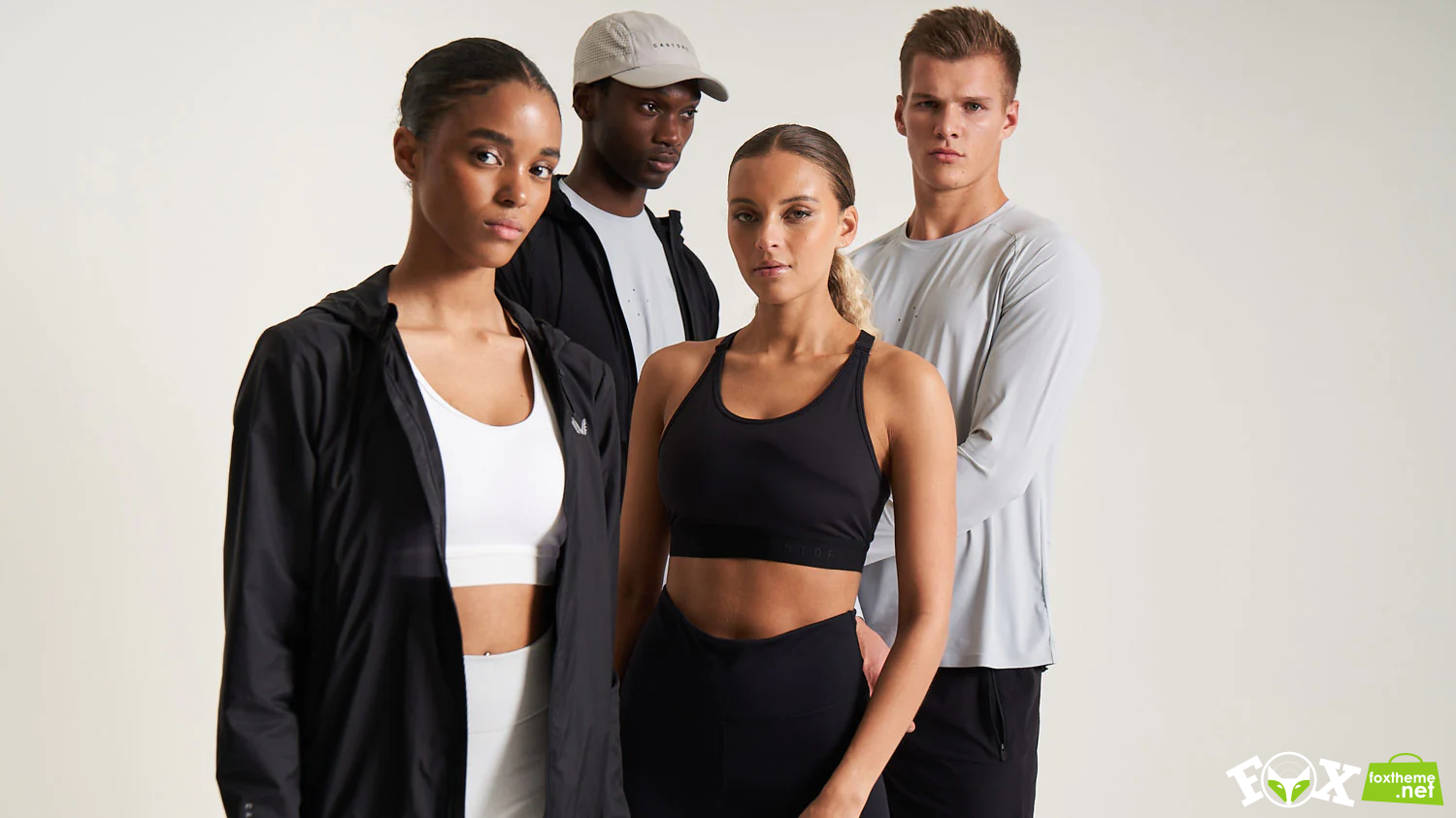
How To Make Cotton Underwear: Fabric and Production Process
The demand for high-quality clothing has steadily increased in recent years. Rather than settling for what is supplied in retail stores, more individuals desire custom-made garments to individual preferences. This notable point is not just to ordinary clothing, and even to undergarments such as bras, underpants, trunks, and so on. Underwear has evolved significantly in recent years and is expected to continue to grow in the future. We’ll go through how to make underwear apparel and how to establish your own underwear business in this post.
What Fabric Is Best For Underwear?
Underwear is the item of clothing that touches our body and is meant to hide our private bits, as the name indicates. Underwear’s ultimate objective is to provide comfort to its users while also ensuring that our private areas are protected. For underwear manufacturing, here are some types of fabrics you can consider:
- Cotton, the most common clothing material on the planet, is highly absorbent, quick-drying, and gentle on the skin.
- Nylon is another popular option, thanks to its luscious feel. However, nylon is not ideal to be worn all day long.
- Spandex is an excellent option for seamless underwear
What Types Of Underwear Are There?
Thongs with a T-shape ribbon in the rear are intended for very comprehensive insurance (to minimize noticeable stretch marks). It lies 3 inches just below the waistline, similar to a bikini, with both the sides generally hitting directly well above the hip. They are available in various fabrics, ranging from linen to silk, and may be worn daily and for special events. We’ll show you how to make underwear like this below.

Hipster (or wrist hugging) underwear has a waistline that lies on the hips, a quarter of an inch just below the belt, and reduced leg openings, as the names imply. Lace, silk, viscose, and chenille are among the materials available for comfort and luxury.

Bikinis are underwear that is comparable to briefs but does not provide as much coverage. Three inches just below the waistline, the belt includes high-cut leg openings. These also appear in a string bikini style, with a thin thread of cloth used to create the leg openings. They’re made of the same soft materials as boxers, as well as more delicate materials like eyelet and henley meshes.
This term comes from the fact that boyshorts are fashioned following men’s boxers. They feature a more central route than typical underpants and are comparable to hipsters, except having a smaller leg. Many legs go all the way down to the thighs. Boyshorts are made of cotton, viscose, and silk, which are all quite comfortable.

G-string underwear provides a minor level of coverage, if any at all, and covers your barely. It produces a certain T-shape primarily as a thong but has a much thinner string in the rear. G-strings are typically composed of more to almost, such as lace and velvet.

Boxer shorts are a form of underwear that provides a lot of coverage in the front and behind. In summary, they’re made to be relaxing. They are available in a range of heights, from modest to high. Cotton, microfibre, and polyamide are the most frequent materials used for underpants since they are primarily about relaxation.

Men’s underwear products require comfort but still need form. A skilled manufacturer will fully meet the needs of your customers.
Tanga undies have a back exposure that is greater than from a brief but smaller than a bikini and provides intermediate to minimum coverage. If you’re looking for anything somewhere between swimwear and a thong, they are a fantastic alternative.

A high waist of high-cut underwear is much like the traditional brief, but the leg openings are more elevated, rising just over the broadest portion of the thigh. They’re a cross between a bikini and a brief. They come in a variety of materials, from meshes to microfibre. But how to make high-waisted underwear, we’ll get into detail in a bit.

Control panties are similar to ordinary panties, but they also serve as undergarments. This type of underwear produces a sleek appearance from around the waist. They are worn high on the waist, just below the bottom lip, with some versions reaching as far as the chest.

Other trendy materials for underwear include seamless, viscose, and linen. Actual Body Underwear is an illustration of flawless undergarments that gives softer covering. Silk underwear offers our bottoms that bedsheet softness we crave, making it ideal for days when you want to put on your beloved trousers and shirt.

How to Make Underwear: Manufacturing Process

Step 1: Designing
The first stage is to create a comprehensive design according to the requirements of the undergarments. Begin with an idea or a hazy design sketch and work down to the more delicate elements. It’s helpful to draft your prototype model to offer your products a visualization.
After you have your concept or drawing, all you have to do now is fill in the blanks with extra information and specifications. This should be your objective to develop a tech bundle. Things that should be included here can be the type of fabric you want to use, the quality of the fabric, and the seam.
Step 2: Knitting
An elevated circular knitting machine is used to create underwear. A machine monitor can control 5-6 best sewing devices. The sewing device receives the product development and makes the underwear according to the design tech pack. Then, the underpants are stitched together to finalize the product. This is the crucial stage of how to make underwear.
Step 3: Dyeing
In the next step, white yarns are used to knit the undies. Knitted underwear are dyed to have the desired color. It is important that the manufacturer uses high-quality dye at this stage, as the undies will contact directly with the wearer. Low-quality dyes can cause skin irritation and other uncomfortable problems for the sensitive area.
Step 4: Quality Checking
All underwear is examined for sewing and coloring faults once they have been dyed. Defective underwear is then removed to ensure the highest-quality batch of clothing. After that, an under-the-light bench can be used for quality assurance.
Step 5: Label Printing
Almost every underwear must be labeled with the branded product, component size, laundry, care instructions, and texture. This is the essential part of “how to make underwear” because branding a product makes that product more trustworthy.
Step 6: Checking Final Product
After sewing or printing the labels on the underwear, the components are double-checked and tagged. The undergarments are now ready for the final examination before dispatch. The flawless underpants can be created in a single day, from sewing to packaging.


